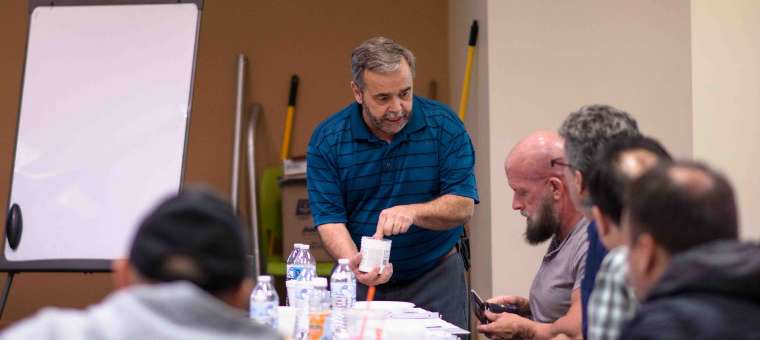 />
/>
Hepatitis B and Hepatitis C
The Hepatitis virus infection is the most common chronic bloodborne infection in the United States. CDC staff estimate that during the 1980s, an average of 230,000 new infections occurred each year. Most of these persons are chronically infected and might not be aware of their infection because they are not clinically ill. Infected persons can serve as a source of transmission to others.
The Hepatitis virus is extremely hearty. It is able to survive the body’s highly acidic digestive tract and can live outside the body for months. High temperatures, such as boiling or cooking food or liquids for at least one (1) minute at 185°F (85°C) will kill the virus, although freezing temperatures do not.
The following information has been developed in accordance with current applicable infection control and regulatory guidelines. It is intended for use as a guideline only. At no time should this information replace existing documents established by the facility unless written permission has been obtained from the responsible facility manager.
BASIC PROTOCOL
- Appropriate personal protection should be taken for those responsible for the decontamination of a room or area.
- Disposable gloves. Gloves should be changed as required, i.e., when torn, when hands become wet inside the glove, and between rooms.
- Household gloves can be worn, but they must be discarded when the cleaning is complete.
- Protective eyewear (e.g., goggles, face shield, or mask with eye protection) should be worn at all times.
- Masks (e.g., surgical or procedural masks) should also be worn.
- Coveralls should be worn over clothing.
- Gather all equipment, cleaning solutions, and materials required to clean the room.
- Wash your hands and put gloves on prior to entering the room. Personal protective equipment should be changed between rooms or if it is torn or soiled.
- Place a wet floor sign at the room entrance.
- Pick up garbage in the room and place it in regular garbage bag.
- Visible or gross soil present and/or blood or body fluid spills must be removed prior to cleaning.
- Clean all furniture, bedding, night tables, sink basins, all bathroom fixtures, all high touch areas, such as knobs and light switches, and everything that is touched by the hepatitis-infected person, ensuring that clean cloths and solutions do not become contaminated (NO DOUBLE DIPPING) with the cleaning solution. Allow surfaces to remain wet for 10 minutes.
- Spot wipe all walls from high to low.
- Mop floors with a disinfectant cleaner.
- Soiled rags should be placed in a regular plastic bag and then taken to the appropriate disposal area.
- Remove and discard gloves.
- WASH hands prior to leaving room
This information is from the Public Health Agency of Canada.



